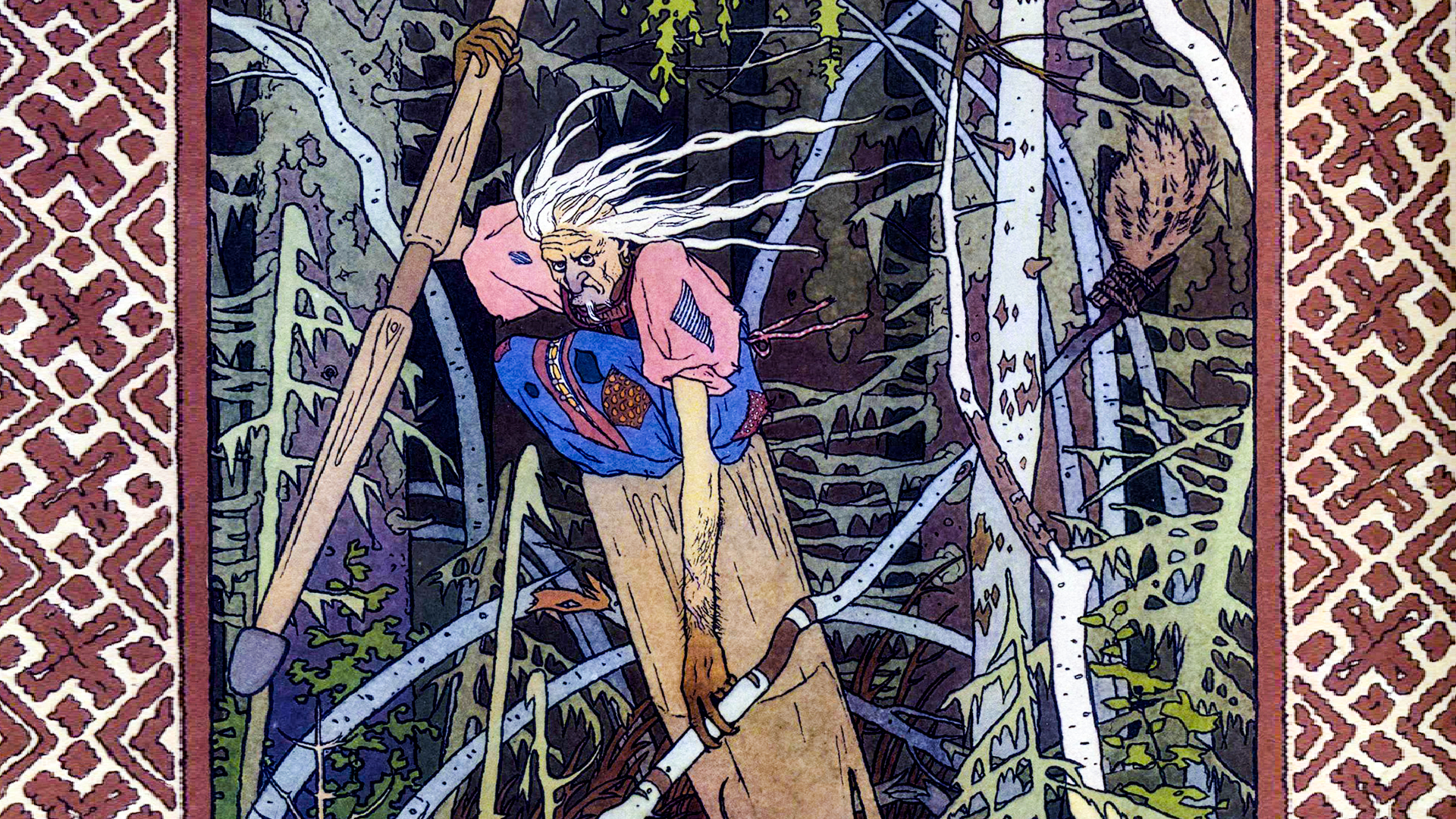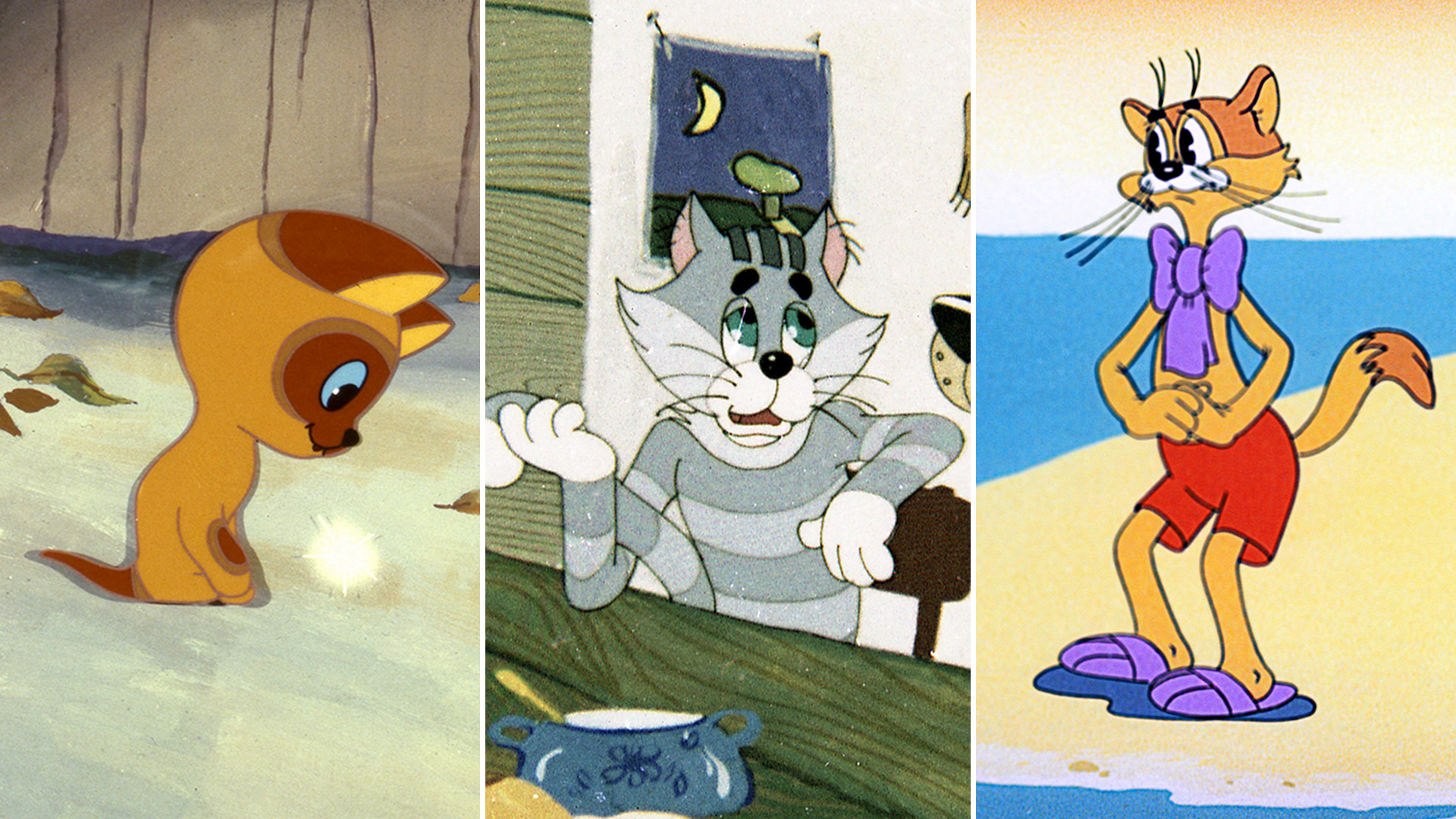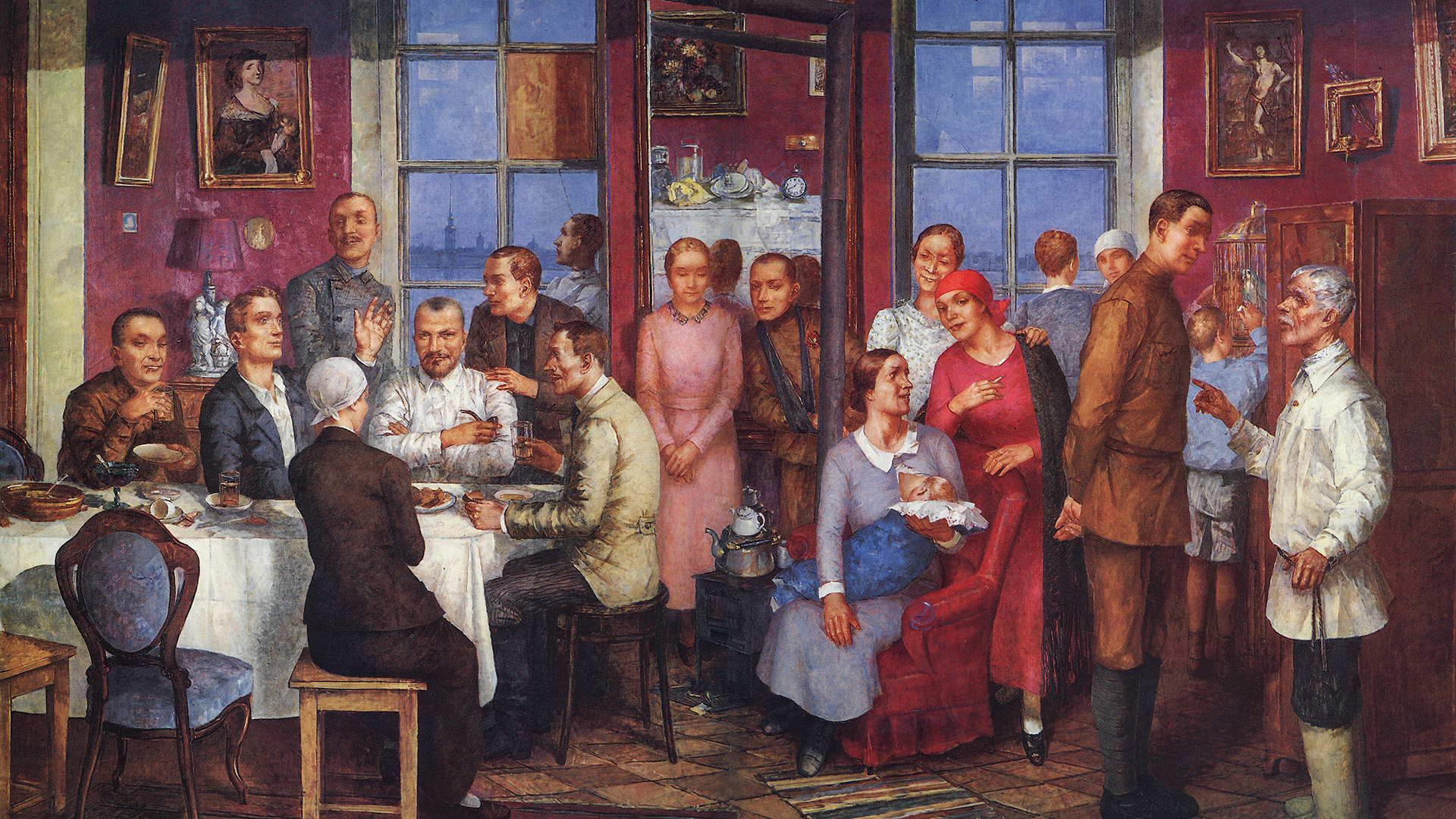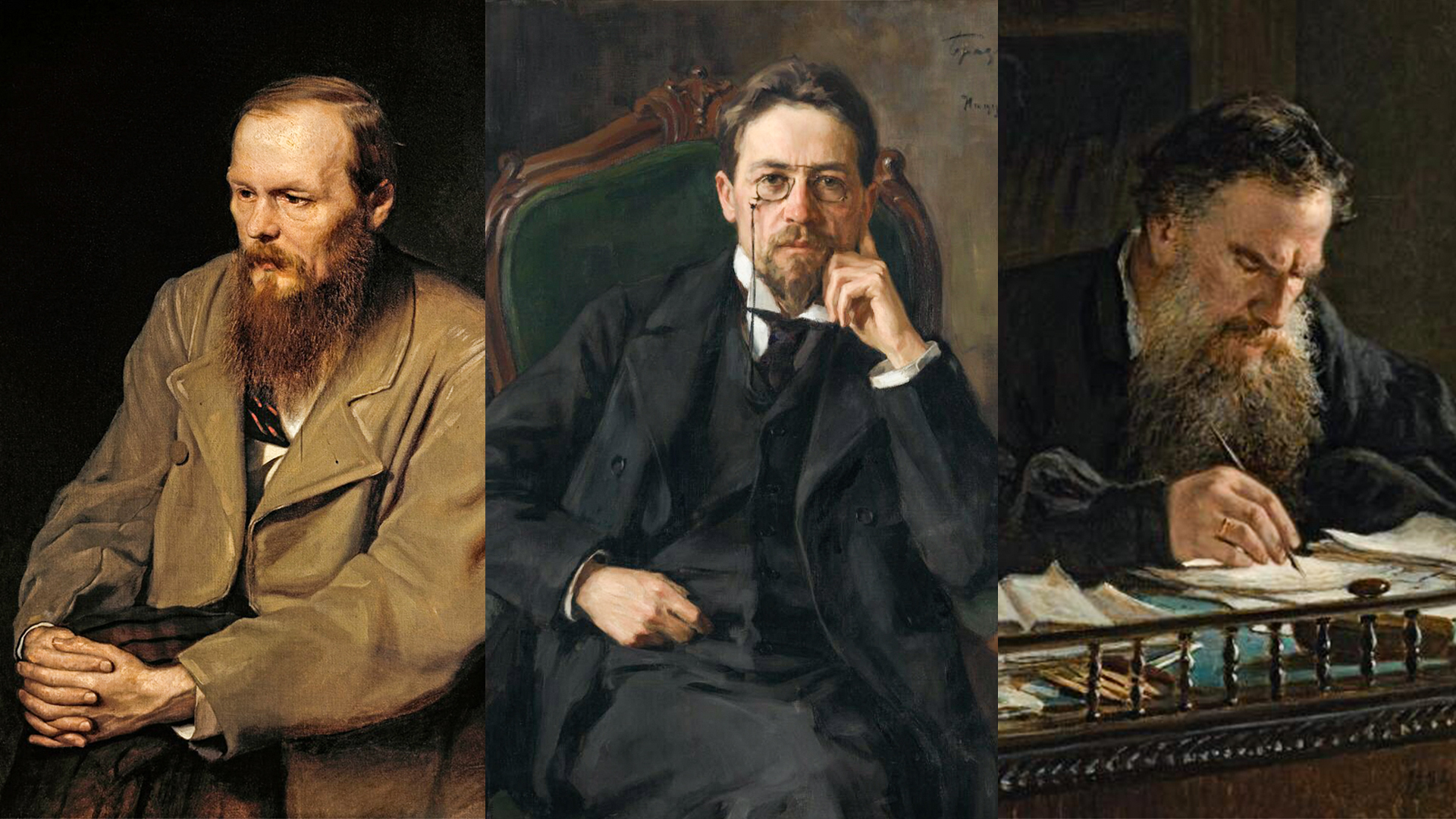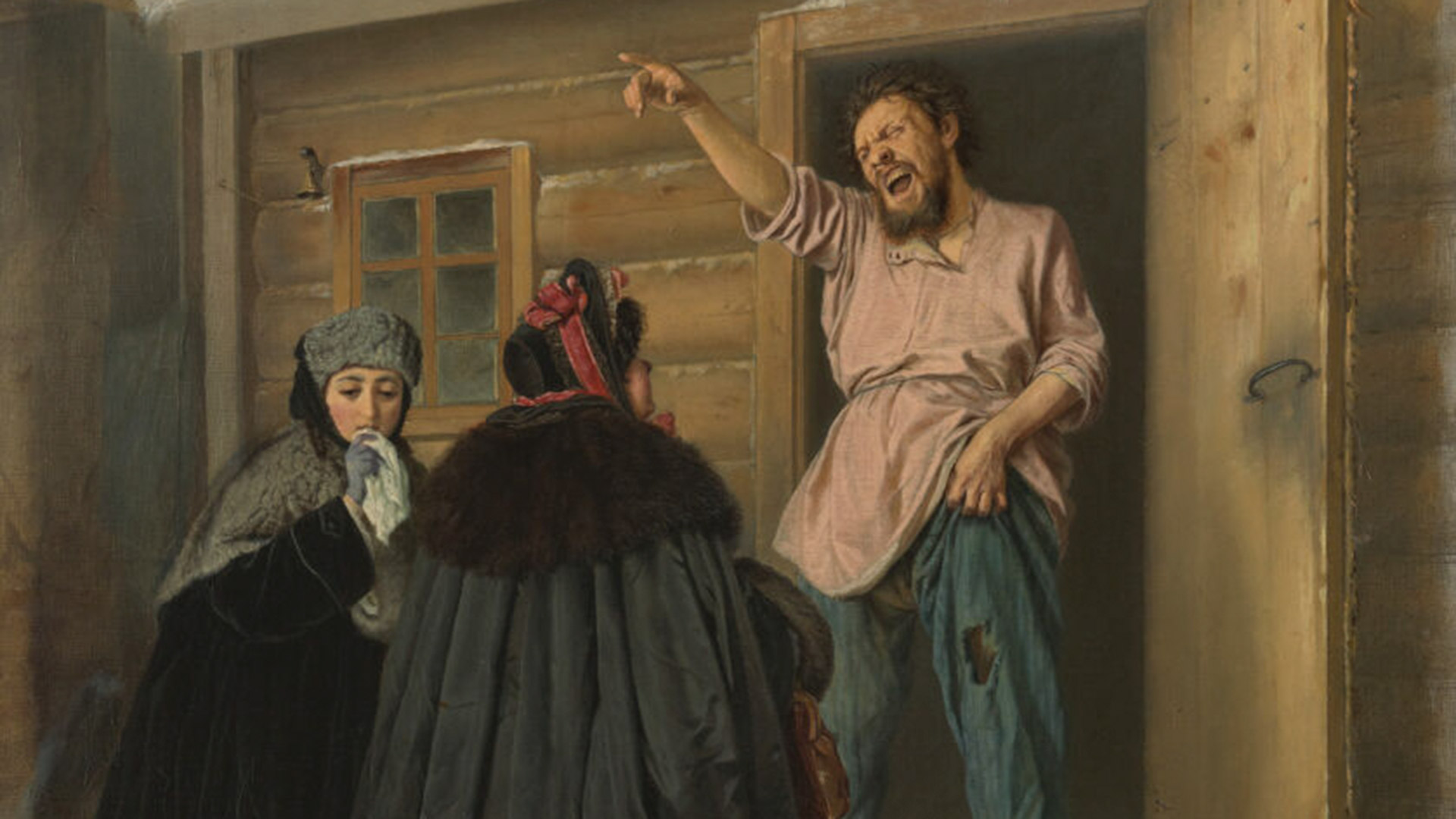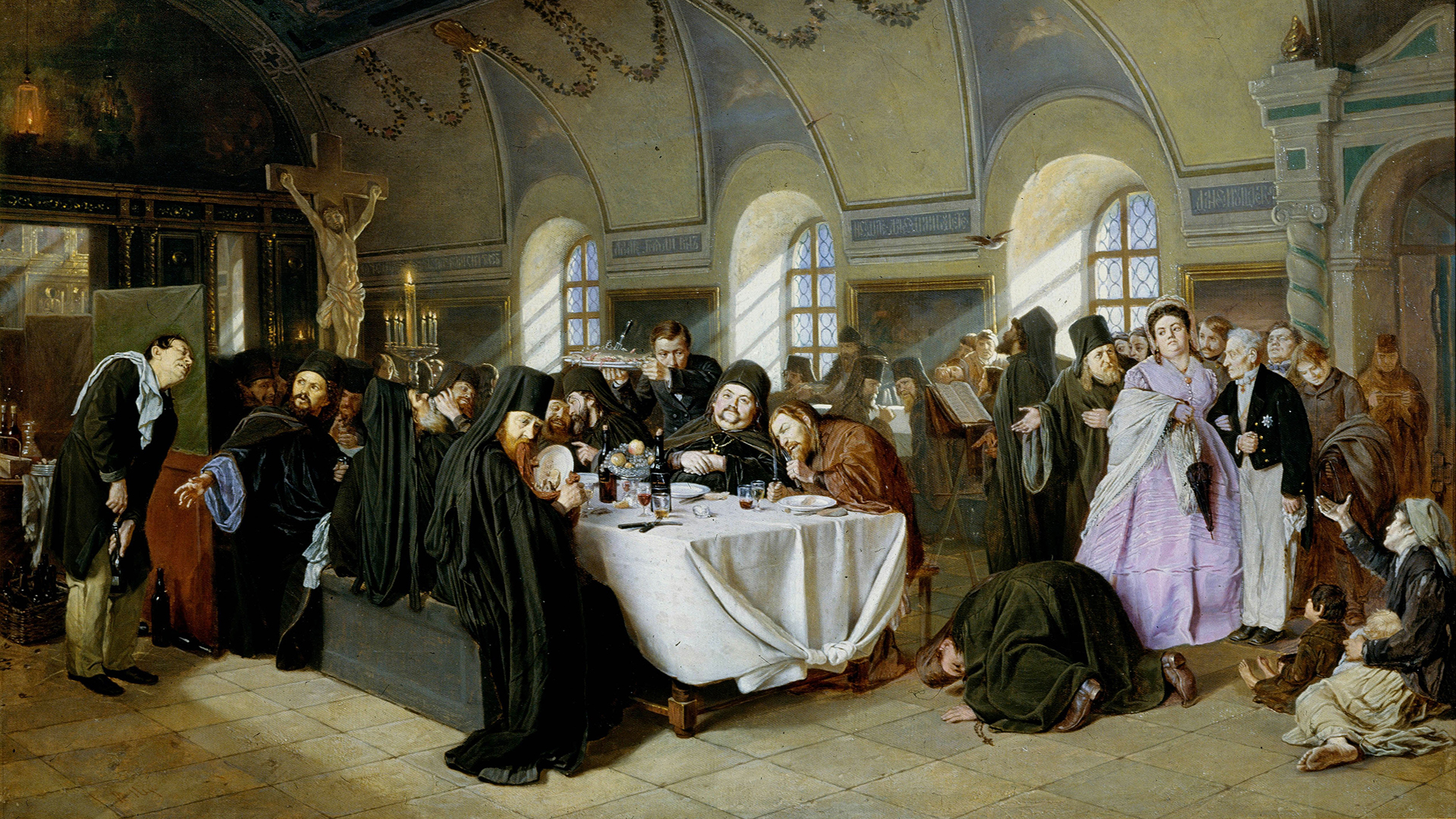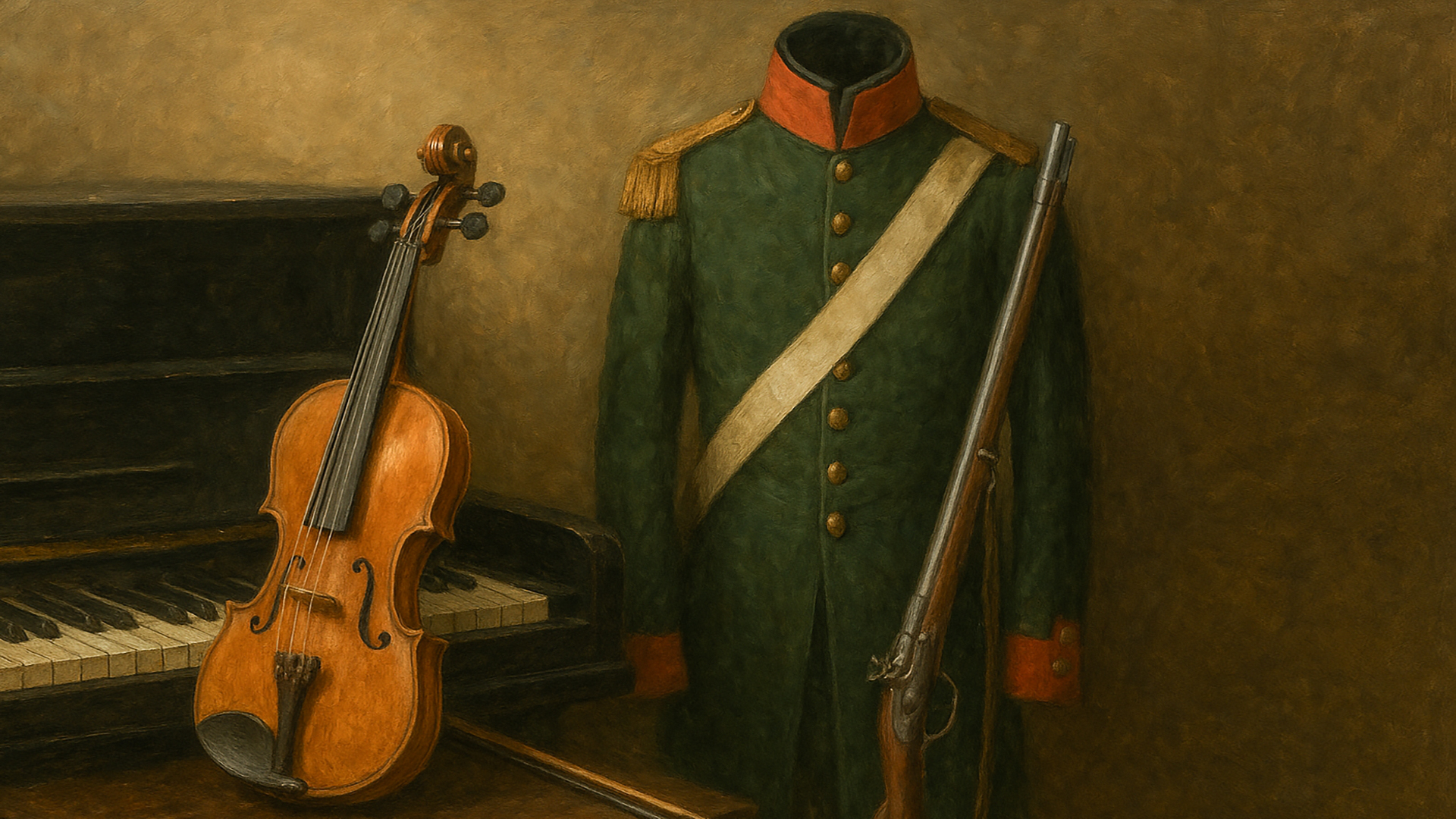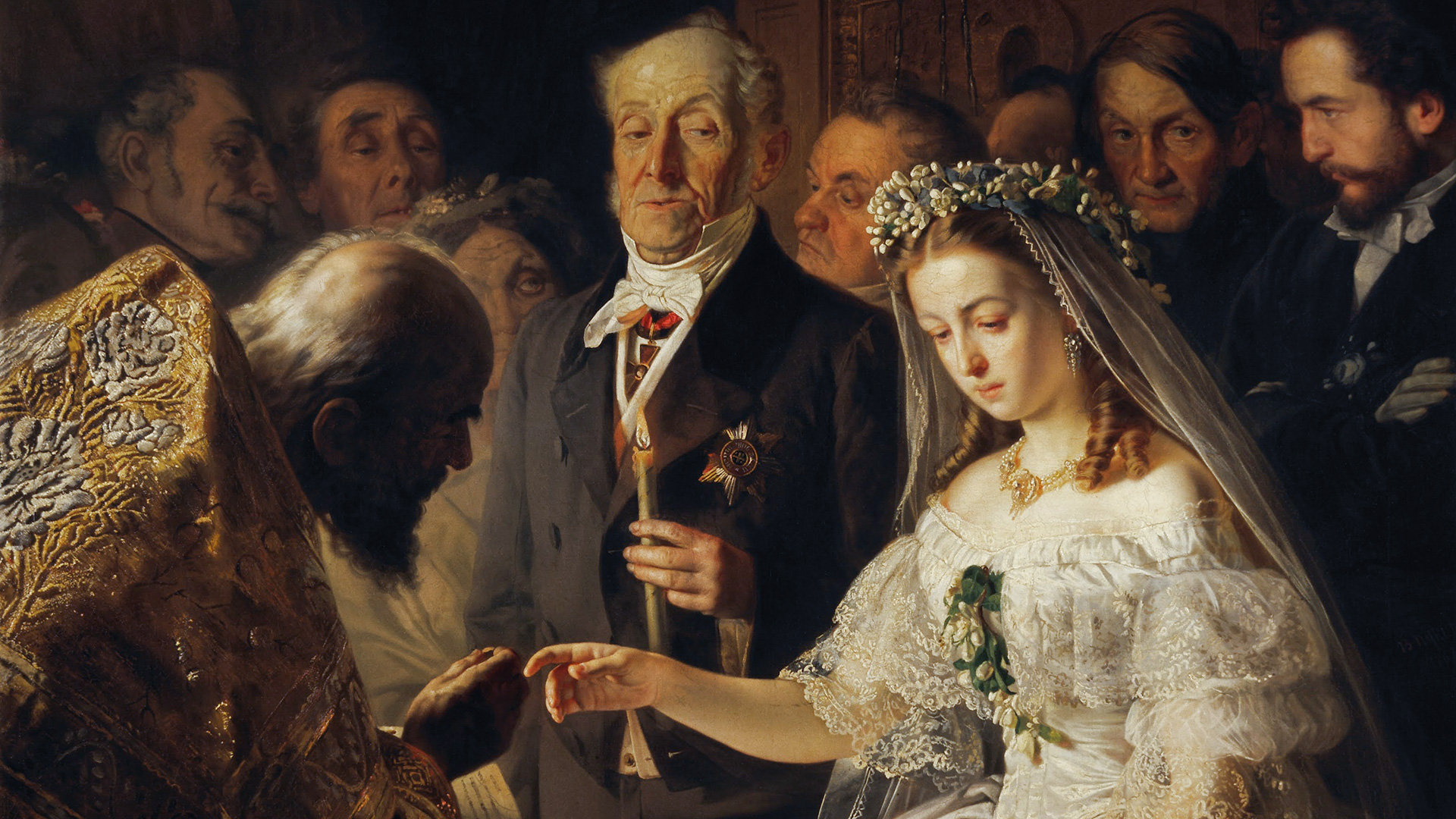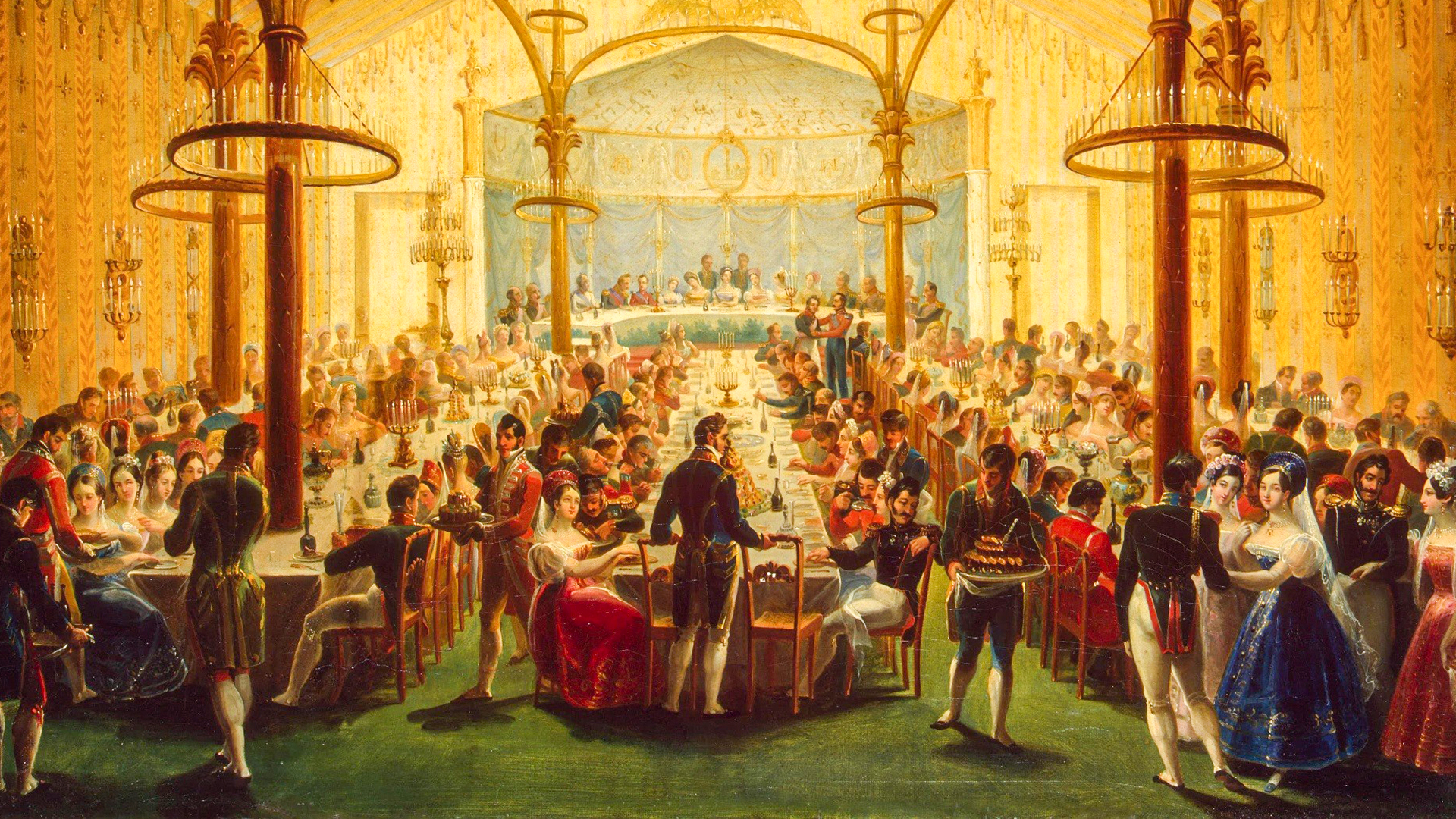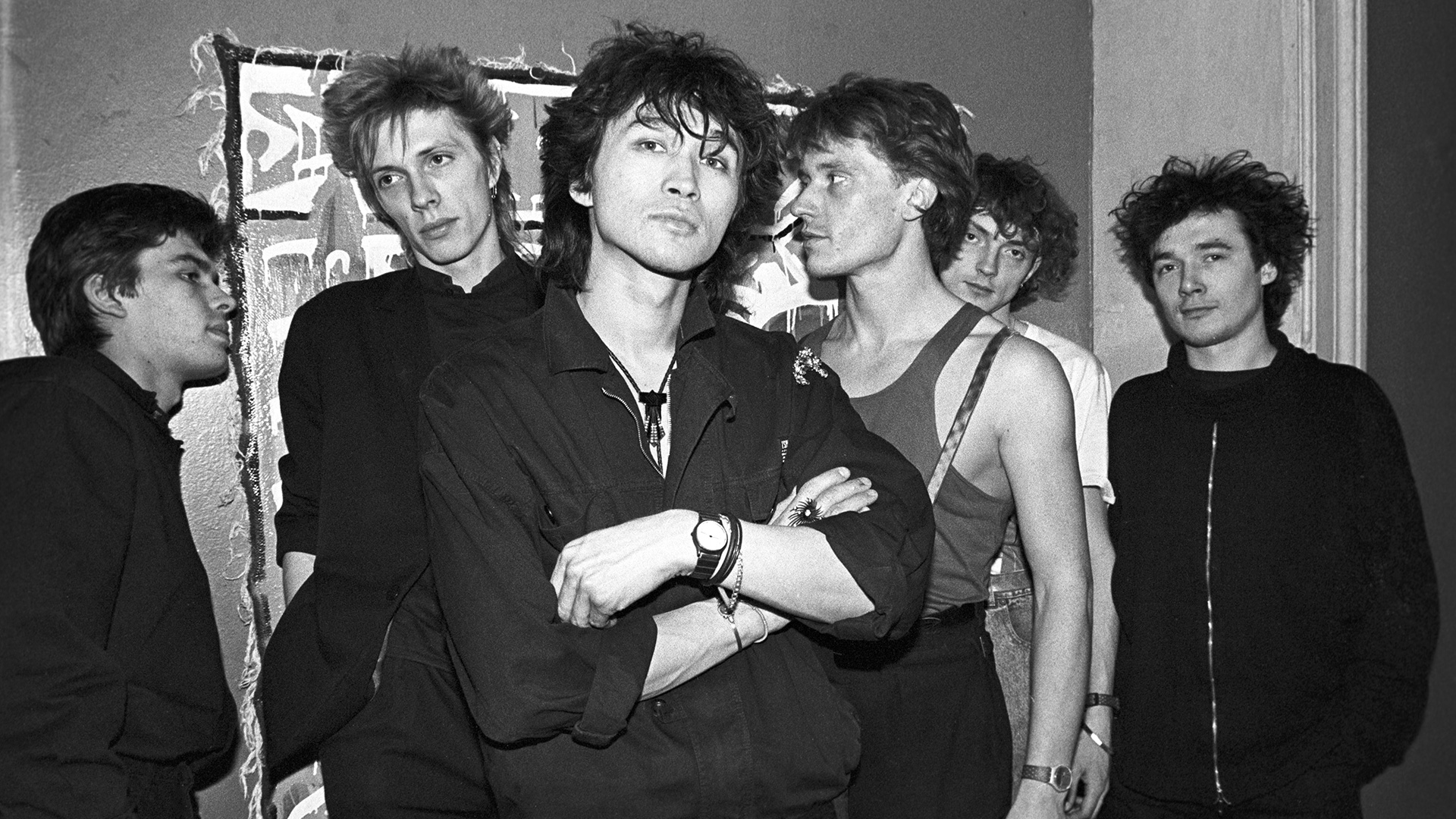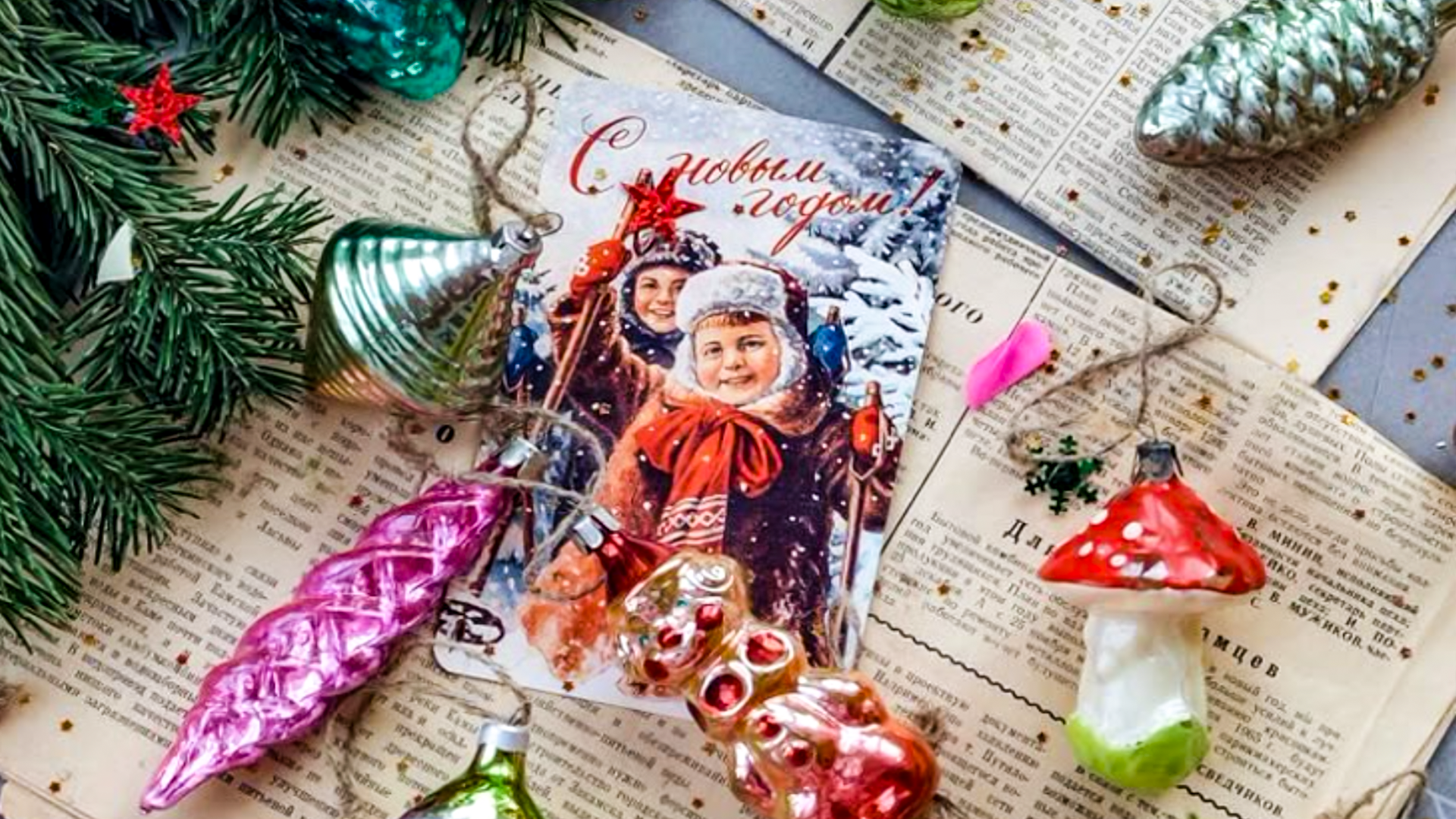
Haymaking in the paintings of Russian artists

The real peasant calendar summer lasts from Peter's Day (June 29) to Elijah the Prophet (August 2): “Peter begins summer, Elijah ends summer.” And almost the entire period was spent by peasants preparing hay for the winter. This process also fascinated Russian artists.

All adult members of the family took part in haymaking – both men and women. However, young boys and girls were especially impatient. For them, it was an opportunity to go out walking, communicate without prying eyes, sing songs, flirt with each other. Couples often formed during haymaking.

Girls and boys dressed up for haymaking as if they were at a festive occasion – in white shirts and bright sarafans. There were special haymaking songs that praised the mowers, described the process of mowing the grass, the silvery dew and also clearly included an erotic love motif.

If each family worked separately during the harvest, then, during haymaking, everyone gathered in one camp. They often mowed not far from the village or town where they lived, in the so-called “distant meadows”. The entire adult part of the family went there, taking only infants. Grown-up children and old people, meanwhile, were left at home.

The villagers would settle down near a river or stream, build temporary huts in the shade of trees, pull up canvas canopies, make a fireplace nearby, over which they would hang a pot. They also often took a dog from home to guard the food supplies.

Harvesting dry grass for the winter cannot be called easy work. First, it was necessary to keep the tool, the scythe, in working order. It had to be hammered and sharpened. A good scythe makes a characteristic sound and cuts the grass easily and evenly. After a good scythe and a skilled mower, the meadow would begin to look even, almost like after mowing with a modern lawn mower. Secondly, they began mowing very early, at dawn, in the dew, as the wet grass fitted more easily under the scythe.

Women would also get up early and immediately begin to prepare the mown grass for drying – they would spread it out in thin layers using a rake. During the day, the grass had to be turned over several times so that it would dry better and faster. If it started to rain, it would be quickly collected in small stacks and then, later, spread out again to dry.

Not only would they mow the grass together, but they would also eat dinner together. Several families would join together and eat a hearty traditional dinner from one pot. Often, it was porridge (wheat) with butter and salted pork fat left over from the winter. Then, they would wash it down with homemade kvass. Each housewife was proud of her own recipe.

After dinner, the adults rested, while the children would go out singing and looking for mushrooms and berries. If everyone was busy with daily household chores in the village, then, in the evenings, everyone enjoyed much more freedom. They would dance in circles, play accordions and pipes, sing songs and flirt with each other. Sometimes until the morning.

At night, fresh hay would always be raked and, in the morning, if there was no rain, it would be scattered again. The ready hay would be then piled in a huge stack on a cart and taken to the hayloft.

Couples who formed during the mowing could get married the following fall, after the end of the agricultural work. The wedding season would usually begin with the Intercession (October 14).


